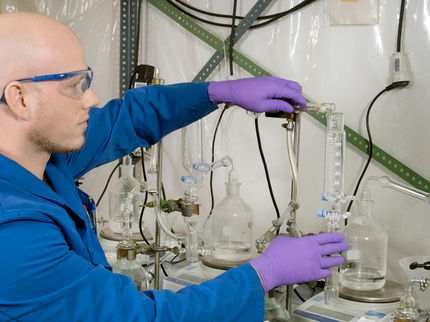New Bisphenol a Study Has Many Limitations, but No Clear Conclusions
The American Chemistry Council (ACC) offers the following comments in response to queries regarding a study published in Environmental Health Perspectives and titled "Prenatal Bisphenol A Exposure and Early Childhood Behavior." Quotes from the following analysis of the study may be attributed to Steven G. Hentges, Ph.D. of the ACC's Polycarbonate/BPA Global Group.
"ACC and its member companies have long-supported research to advance scientific understanding about chemicals and promote public health. To achieve these goals, that research should be based on sound scientific principles so as to be meaningful to human health. There are significant limitations in the study design, highlighted by the authors themselves, which limit the utility of the study.
"Inherent in the design of this small-scale study is the inability to establish cause-effect relationships. The study can only evaluate parameters measured in the study for statistical associations, which may be neither real nor meaningful. The limited reliability of the associations reported in this study is characterized by the authors in their concluding paragraph: 'The reported associations and interactions...should be viewed cautiously since these results could be biased from exposure misspecification or residual confounding.'
"Regarding the technique used to measure maternal bisphenol A (BPA) exposure, the authors note it is 'difficult to accurately characterize exposure from a single measurement.' Statistical associations based on inaccurate exposure measurements cannot be meaningful. A further, and very significant, complication not noted by the authors is that BPA is efficiently converted to a biologically inactive metabolite after exposure. What was measured was not BPA, but the metabolite.
"The authors also note that 'unmeasured confounding may be responsible for some or all of our observed associations.' For example, the authors add that 'patterns of behavior are variable during early childhood' and that 'it is possible that we did not adequately assess parental psychopathology.' In addition, since BPA exposure is primarily from the diet, differences in BPA levels among the study participants may be indicative of significant dietary differences. Diet and nutrition are potentially significant confounders that were not evaluated, but are certainly important in fetal development.
"In light of its limitations, there is significant potential for this study to be misconstrued. The results of this preliminary, and severely limited, study cannot be considered meaningful for human health unless the findings are replicated in a more robust study."
Other news from the department science

Get the chemical industry in your inbox
By submitting this form you agree that LUMITOS AG will send you the newsletter(s) selected above by email. Your data will not be passed on to third parties. Your data will be stored and processed in accordance with our data protection regulations. LUMITOS may contact you by email for the purpose of advertising or market and opinion surveys. You can revoke your consent at any time without giving reasons to LUMITOS AG, Ernst-Augustin-Str. 2, 12489 Berlin, Germany or by e-mail at revoke@lumitos.com with effect for the future. In addition, each email contains a link to unsubscribe from the corresponding newsletter.



























































